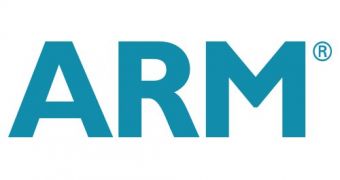While it might not have that big a stake now, ARM does want to become a visible presence on the server market, and it looks like it now has a dedicated team that will focus on virtualization and energy efficiency.
Getting in the server business may not have been among ARM's plans at one point, but this has changed now that its chips have started to pose as an actual threat to x86, performance-wise.
Granted, the gap is still large between the two architectures, but not enough that the former doesn't have a shot anymore.
In fact, powering servers could turn into a very lucrative deal, considering the prices usually associated with such processors.
For the sake of comparison, while chips used in mobile phones can sell for roughly $1, server ones can cost as much as $4,000.
To start with, the outfit will aim for installations that place more emphasis on energy efficiency (and, thus, low costs) than on performance.
Meanwhile, it will try to establish collaboration with developers of virtualization software, among other things.
"We think server ... is a good opportunity for ARM. We're looking to apply the lessons we've learned over several different ecosystems over many years to that ecosystem in servers," said ARM's vice president of software alliances, James McNiven.
"At the high-end [of the chip market] there is progress. [...] We will see ARM onto a certain level of PCs, I am sure, in a sort of timeframe. Servers, also, are going to happen around ARM,” explained Tudor Brown, the president of ARM.
“The volumes involved there, no matter how successful is ARM, are going to be tiny compared to the other [segments]. But there is a trade-off between the value and volume."
ARM chips do, at the moment, have the disadvantage of not supporting 64-bit servers, so more than 4 GB of memory are out of the question. Still, nothing says this issue won't be resolved in the future.

 14 DAY TRIAL //
14 DAY TRIAL //